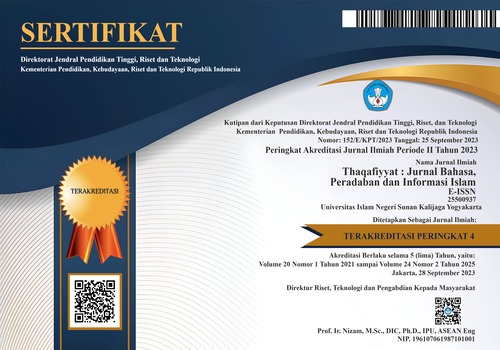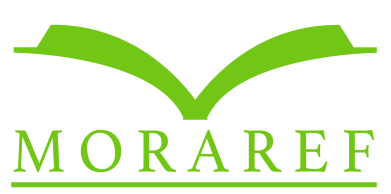PERBUDAKAN DAN BURUH MIGRAN DI TIMUR TENGAH
DOI:
https://doi.org/10.14421/thaq.2013.%25xAbstract
Slavery is a state in which a person possesses or takes control over someone else. Some historians state that it began to emerge ensuing agricultural expansion, approximately ten thousand years ago. It grew along the development of trade and industry. In fact, the increase of trade and industry has stimulated the demand for labor to multiply the products for export. Therefore, more labors both local and migrant are
needed. Migrant labor is one migrating from one’s birth place to another location and then works and stays in a new place in a certain period of time. Hence, the difference in culture and perception between the labor and the employer may lead to intricating problems. This is what has happened to Indonesian labor who works in another country. This paper attempts to examine the core problem between labor issue and migrant labor, specifically in the Middle East.
Keywords: slavery, migrant workers, migrant workers
Downloads
Downloads
Published
Issue
Section
License
Authors who will publish with this journal agree to the following terms:
- Thaqafiyyat: Jurnal Bahasa, Peradaban dan Informasi Islam publishes all articles entirely in full text.
- It is permissible for readers to download and to use it for scientific purposes and scientific dissemination.
- Authors retain copyright and grant the journal right of first publication with the work simultaneously licensed under a Creative Commons Attribution License that allows others to share the work with an acknowledgement of the work's authorship and initial publication in this journal.
- Authors are able to enter into separate, additional contractual arrangements for the non-exclusive distribution of the journal's published version of the work (e.g., post it to an institutional repository or publish it in a book), with an acknowledgement of its initial publication in this journal.
- Authors are permitted and encouraged to post their work online (e.g., in institutional repositories or on their website) prior to and during the submission process, as it can lead to productive exchanges, as well as earlier and greater citation of published work.










